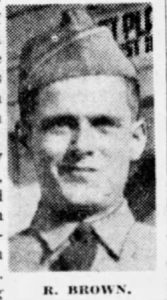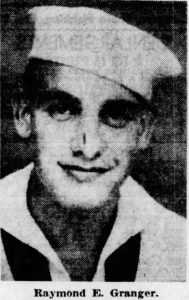Bloodsworth, Clarence
Army Private 1st class
Clarence Bloodsworth from Iowa, Polk county.
Service era: Korea
Date of death: Thursday, June 11, 1953
Death details: Late at night on June 10, 1953, Chinese Communist Forces (CCF) launched an attack against an important American outpost known as “Outpost Harry,” which commanders had deemed a “major outpost…to be held at all costs.” Following hours of intense bombardment, Chinese infantry attacked the American trench lines in front of the outpost. The CCF succeeded in capturing the trenches but intense hand-to-hand combat kept the CCF from advancing farther. Attacks persisted through the next day and late into June 11. By the morning of June 12, the Chinese forces withdrew. Similar assaults continued on “Outpost Harry” through the next week. Corporal Clarence Eugene Bloodsworth entered the U.S. Army from Iowa and served in Company B, 1st Battalion, 15th Infantry Regiment, 3rd Infantry Division. He was killed in action on June 11, 1953, during the CCF assault on “Outpost Harry,” when an enemy grenade detonated near his position. The disposition of his remains, however, is unknown. He was not among those recovered from the battlefield after the action and his remains were not identified following the war. Today, Corporal Bloodsworth is memorialized on the Courts of the Missing at the National Memorial Cemetery of the Pacific.
Source: National Archives, Defense POW/MIA Accounting Agency


